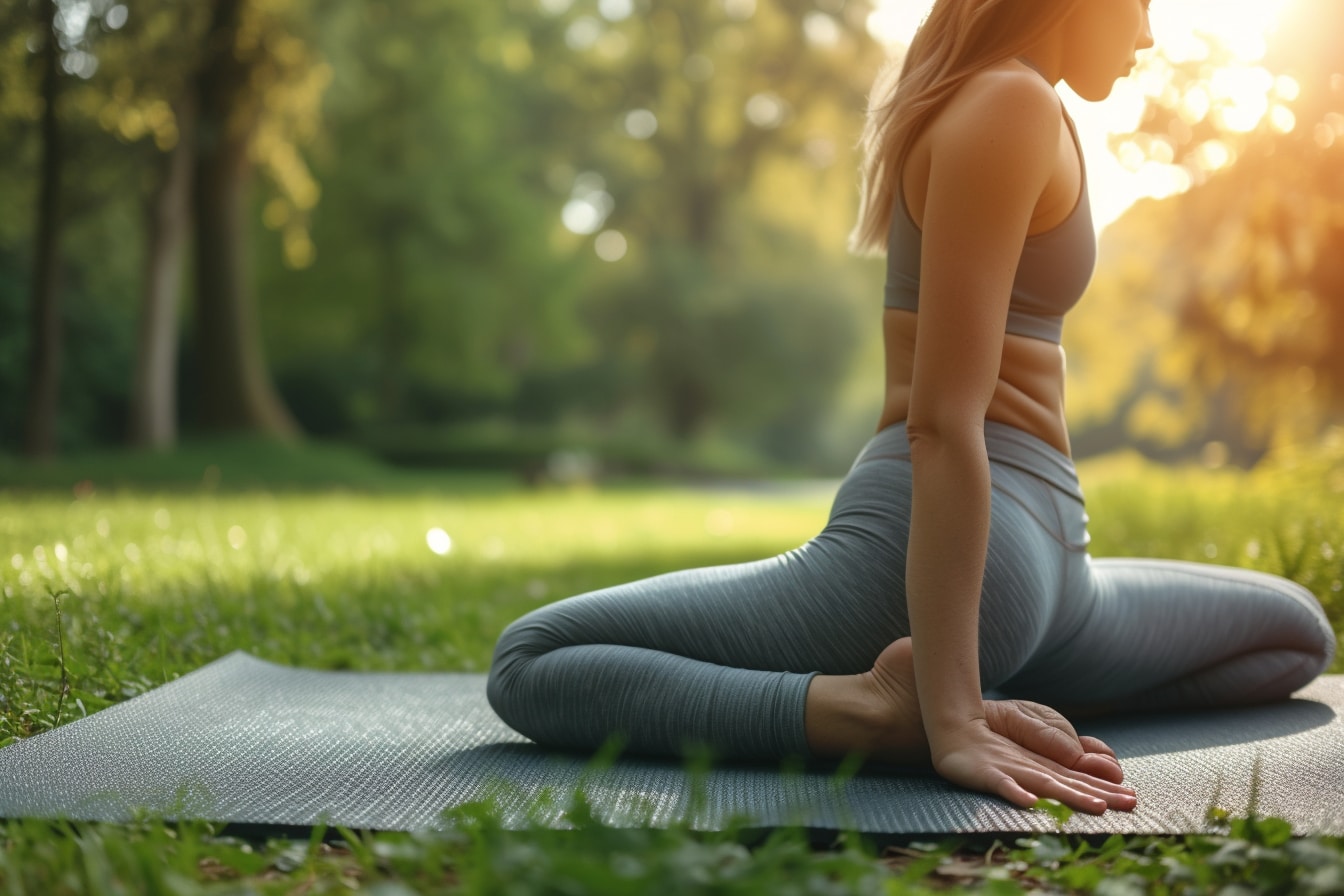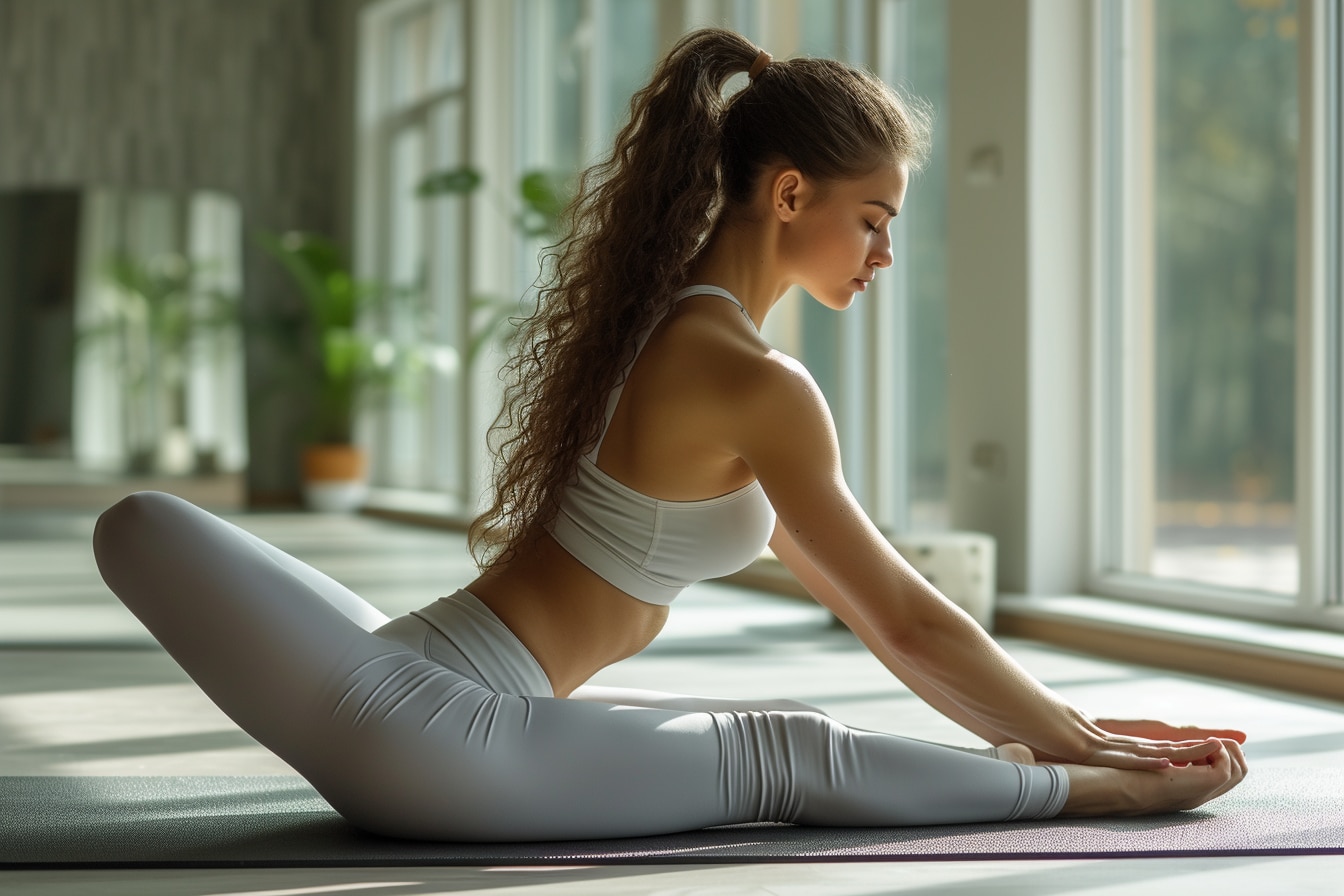Unlocking Flexibility: A Comprehensive Guide to Effective Hamstring Stretches

The hamstrings, the trio of muscles that run down the back of each thigh, play a crucial role in the body’s overall flexibility. Good elasticity in these muscles is essential to achieve fluid movements and avoid injuries, whether in sports or daily activities. Well-stretched hamstrings allow for better posture, reduce the risk of lower back pain and improve blood circulation in the lower limbs.
Know your hamstrings before stretching them
Before starting any stretching program, it is essential to understand the structure you are about to work on. The hamstrings include the biceps femoris, semitendinosus and semimembranosus. These powerful hip extensors and knee flexors require specific attention to maintain their flexibility without running the risk of overextending them.
Stretching techniques for the hamstrings
Stretching your hamstrings is not a complex matter, but requires caution and regularity. Here are some effective techniques to achieve desired flexibility:
Gentle stretching on the floor
Start by sitting on a mat with your legs stretched out in front of you. Keep your back straight while slowly bending forward from your hips. The goal is to touch your feet with your hands, without arching your back. Hold the position for about 30 seconds, without ever straining or feeling pain.
The standing stretch
Stand and bend one leg in front of you, keeping the other straight and your foot facing forward. Gently lean forward while keeping your back straight, as if you want to touch your toes. Hold this posture for a moment before switching legs.
Chair stretching
Place one leg on a chair or bench at hip height, while keeping the other foot on the floor. Lean forward, keeping your back straight, until you feel slight tension in the back of your thigh. Stay in this position for about thirty seconds before repeating on the other side.
Using a strap
Lie on your back and place a strap or towel around the sole of one foot. Stretch your leg vertically while holding the strap. Be careful not to arch your back, and hold the position for a gradual stretch.
Practical tips for optimizing stretching
To fully benefit from the benefits of each stretch, here are some recommendations:
- Respiratory Rhythm: Slow, deep breathing helps relax muscles and make stretching easier.
- Gradual Progression: Increase the intensity of the stretch gradually to avoid injury.
- Regularity: Regular stretching sessions promote constant improvement in the elasticity of the hamstrings.
- Warming up : Prepare your muscles with a light warm-up before starting the stretches to optimize effectiveness and prevent the risk of injury.
Precautions to take

Keep in mind that each body is unique and that flexibility varies from one person to another. It is essential to listen to your body and never push beyond your own limits. If you have pain or a previous injury, it is recommended to consult a healthcare professional before beginning any stretching routine.
With these tips and techniques, stretching your hamstrings will become a rewarding practice, promoting improved mobility and quality of life. Stretching is like a long-term investment in your physical health, and allowing yourself this moment of well-being is a gift you are giving your body.
Comments
Leave a comment